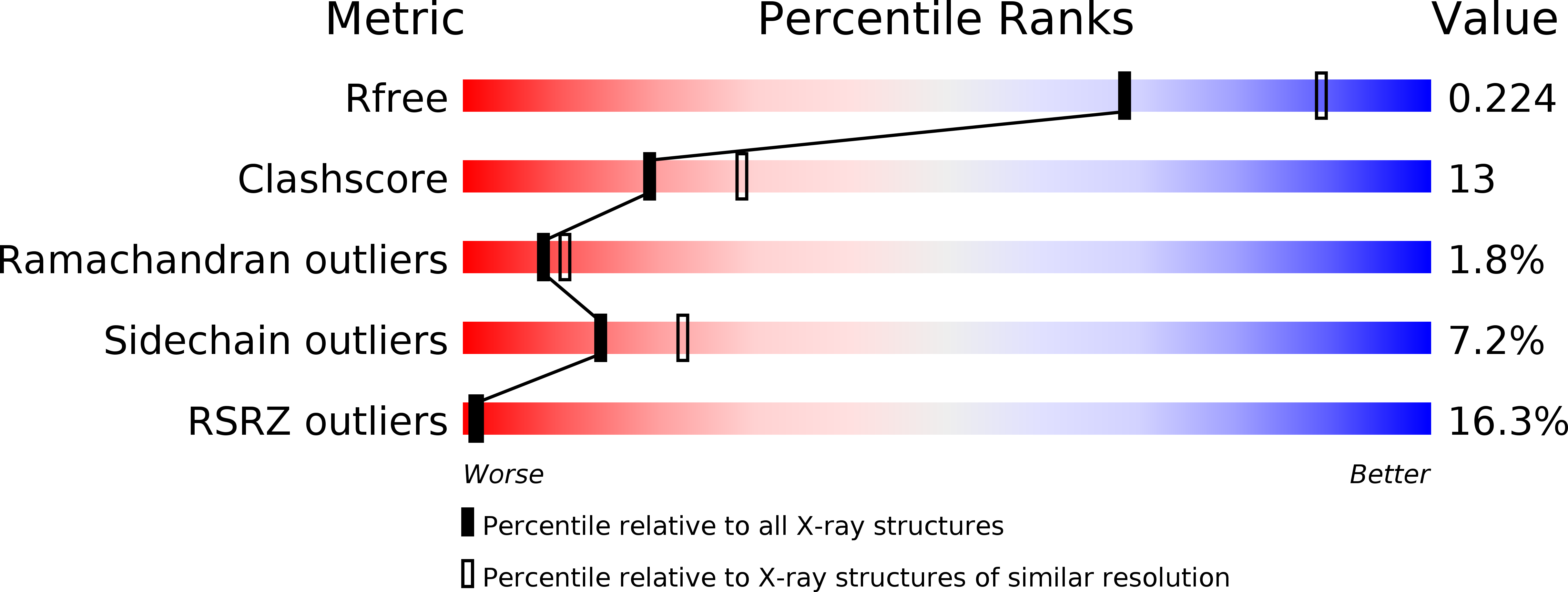
Deposition Date
2007-08-02
Release Date
2007-12-11
Last Version Date
2024-05-01
Entry Detail
PDB ID:
2V83
Keywords:
Title:
Crystal structure of RAG2-PHD finger in complex with H3K4me3 peptide
Biological Source:
Source Organism:
MUS MUSCULUS (Taxon ID: 10090)
HOMO SAPIENS (Taxon ID: 9606)
HOMO SAPIENS (Taxon ID: 9606)
Host Organism:
Method Details:
Experimental Method:
Resolution:
2.40 Å
R-Value Free:
0.23
R-Value Work:
0.19
R-Value Observed:
0.19
Space Group:
P 1 21 1


